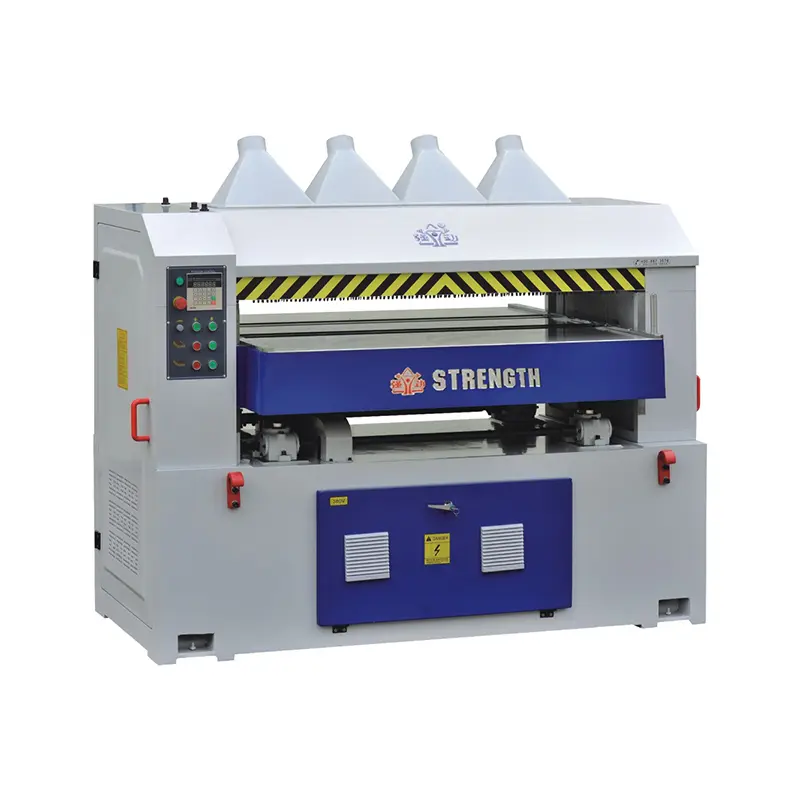Carpentry is a craft that requires precision, attention to detail, and the right tools. One of the essential tools in a woodworking arsenal is a wood joiner. Whether you are a beginner or an experienced woodworker, understanding how a wood joiner works is essential to achieving a smooth, straight, and even wood surface. In this blog, we’ll delve into the basics of wood joiners and explore how they work to help you create high-quality woodworking projects.
A wood jointer, also called a surface planer, is designed to flatten and straighten the edges of wood boards and create a smooth, even surface. They consist of a platform and a cutting head with multiple blades that remove material from the surface of the wood as it passes through the machine. The main function of a wood connector is to create reference edges or faces on a piece of wood, making it easier to join the wood together and ensure they fit together seamlessly.
The work process of a lumber joiner begins with selecting a piece of wood and preparing it for jointing. Place the lumber on the jointing bed and adjust the infeed and outfeed tables to the desired height and angle. Once the wood is set in place, it is fed through a jointing machine, where a cutting head shaves thin layers of material from the surface to create a flat, smooth edge.
The cutting head of a wood jointing machine usually consists of multiple rotating blades (called cutterheads) that are set at a specific height to achieve the desired depth of cut. These blades remove small amounts of material at a time, gradually straightening and flattening the wood surface. Some modern wood jointing machines also feature helical cutterheads, which use spiral blades to produce a finer finish and reduce tearing in the wood.
In addition to the cutterhead, the wood joiner also has a fence that can be adjusted to various angles to help guide the wood and ensure that the edges are straight and true. This feature is essential for creating precise seams, such as edge-to-edge seams, where two pieces of wood join together to form a larger panel.
One of the main advantages of using a wood jointer is its ability to create a smooth, flat surface on wood, which is crucial for a variety of woodworking projects, such as building furniture, cabinets, and doors. By removing imperfections, warping, and warping from the wood, connectors help improve the overall quality and aesthetics of the finished product.
Another important aspect of how wood jointing machines work is their versatility in working with different types of wood, including hardwood and softwood. Whether you’re working with oak, maple, pine or another type of wood, a wood jointer effectively levels and straightens surfaces, making it easier to achieve precise joinery and professional finishes.
It’s important to note that while wood joiners are powerful tools, they require proper safety precautions and operating techniques. When using a wood joining machine, be sure to wear appropriate safety gear, such as goggles and ear protection, and follow the manufacturer’s operating and maintenance guidelines.
All in all, a woodworking jointer is an indispensable tool for woodworkers to create high-quality, well-crafted work. Understanding how a wood joiner works and its role in producing a smooth, flat and straight wood surface is crucial to getting the best results on your woodworking projects. By using wood joiners effectively and safely, you can improve the precision and quality of your workmanship on everything from fine furniture to custom cabinetry.
Post time: Feb-03-2024

